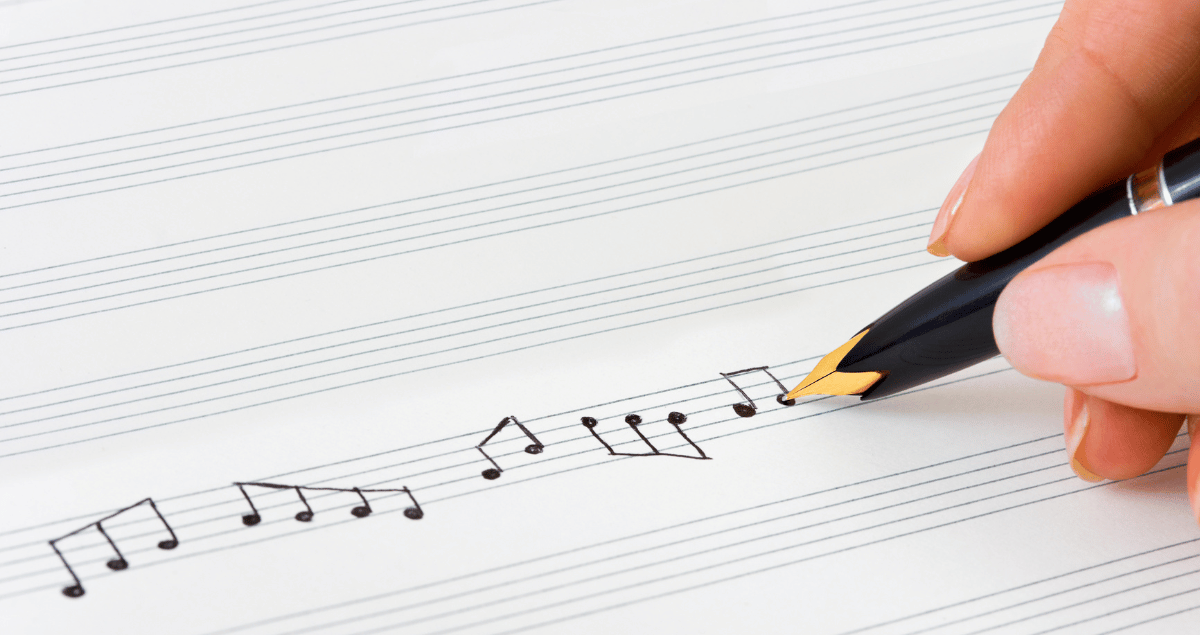Text to Music AI Tools: Imagine turning your emotions, poems, or even grocery lists into captivating melodies. With the rise of text-to-music AI tools, this futuristic scenario is rapidly becoming reality. These tools harness the power of artificial intelligence to transform words into unique and diverse musical pieces, opening up exciting possibilities for musicians, creators, and anyone with a creative spark.
How Do They Work?
While the specific algorithms vary, most text-to-music AI tools follow a similar process:
- Feeding the Text: You provide the AI with text input, which can be anything from a few words to a full poem or story.
- Understanding the Essence: The AI analyzes the text, extracting key elements like emotions, themes, and keywords.
- Translating to Music: Based on its understanding, the AI selects instruments, melodies, harmonies, and rhythms, weaving them together into a musical composition.
- Generating the Output: You receive the generated music as an audio file, ready to be listened to, edited, or incorporated into your projects.
Beyond Simple Melodies
Text-to-music AI tools offer more than just basic tunes. Some features elevate the experience:
- Genre Selection: Choose from various genres like pop, rock, classical, or even experimental to customize the sound.
- Mood Control: Specify the desired mood, such as happy, sad, or energetic, to influence the emotional tone of the music.
- Instrument Choice: Select specific instruments you want to hear or leave it to the AI for a surprising blend.
- Style Customization: Choose from different artistic styles, like orchestral or electronic, for a unique character.
Unlocking Creativity
These tools offer exciting potential for various creative endeavors:
- Musicians: Generate song ideas, experiment with new genres, or create backing tracks for live performances.
- Content creators: Enhance videos, games, or presentations with custom-made soundtracks that perfectly match the content.
- Educators: Introduce music composition concepts in a fun and interactive way, allowing students to explore the relationship between words and sounds.
- Hobbyists: Express yourself creatively through music, even if you lack traditional musical knowledge.
Beyond the Hype
While text-to-music AI tools offer immense potential, it’s important to remember they are still evolving. Here are some limitations to consider:
- Limited Control: Fine-tuning specific musical elements can be challenging compared to traditional composition methods.
- Uniqueness: While the generated music is original, it might not always achieve the level of emotional depth or complexity found in human-crafted pieces.
- Ethical Concerns: Questions arise regarding potential copyright infringement and the role of human authorship in AI-generated music.
The Future Symphony
Despite these limitations, the field of text-to-music AI is rapidly developing. As algorithms improve and ethical considerations are addressed, we can expect even more advanced and user-friendly tools. They might not replace traditional music creation, but they will undoubtedly become valuable allies for musicians, storytellers, and anyone with a song in their heart.
Ready to Experiment?
Here are some popular text-to-music AI tools to get you started:
- Jukebox (https://openai.com/blog/jukebox/) by OpenAI: Generates realistic singing voices and musical pieces in various styles.
- Amper Music ([invalid URL removed]): Offers a freemium model with diverse features and genre selections.
- Murfie ([invalid URL removed]): Specializes in generating AI-powered singing voices for different languages and styles.
- AIVA (https://aiva.ai/): Focuses on creating original classical music compositions based on user input.
So, pick up your pen, unleash your creativity, and let the AI weave your words into a unique musical tapestry. Remember, the future of music might just start with a sentence.

